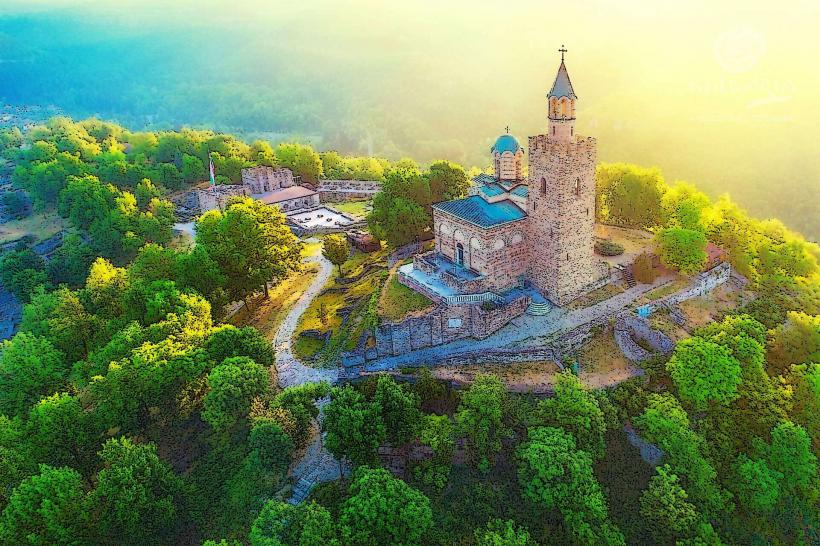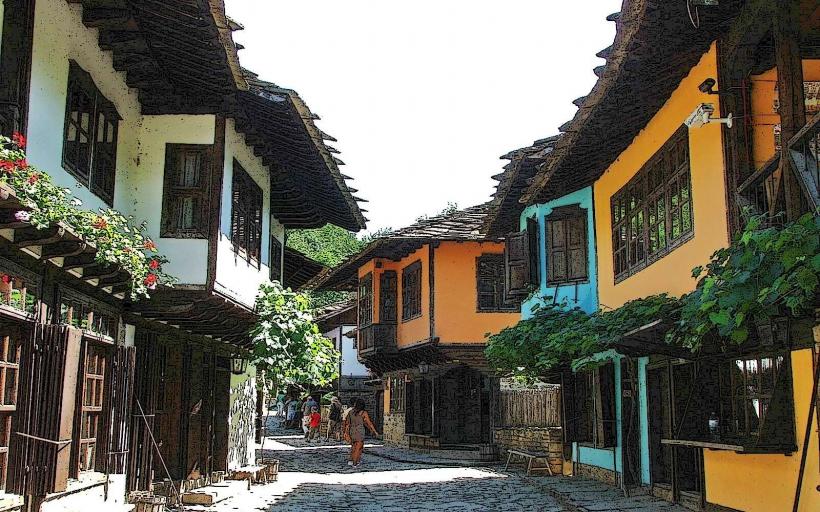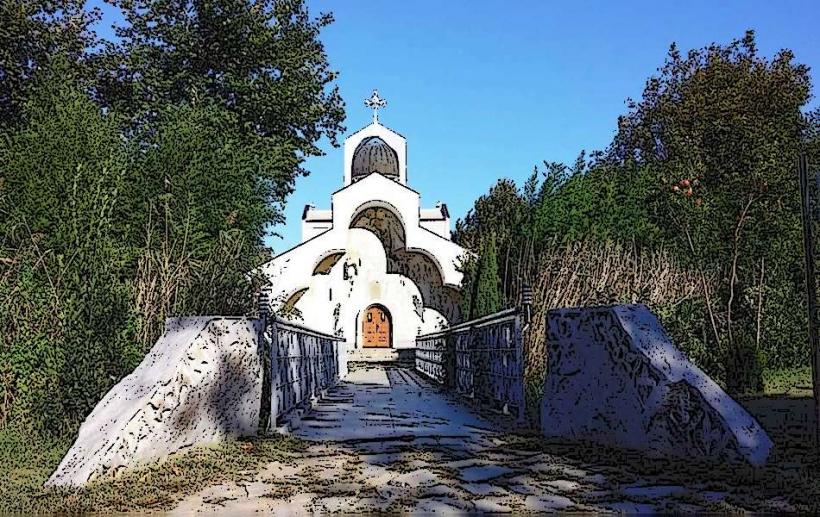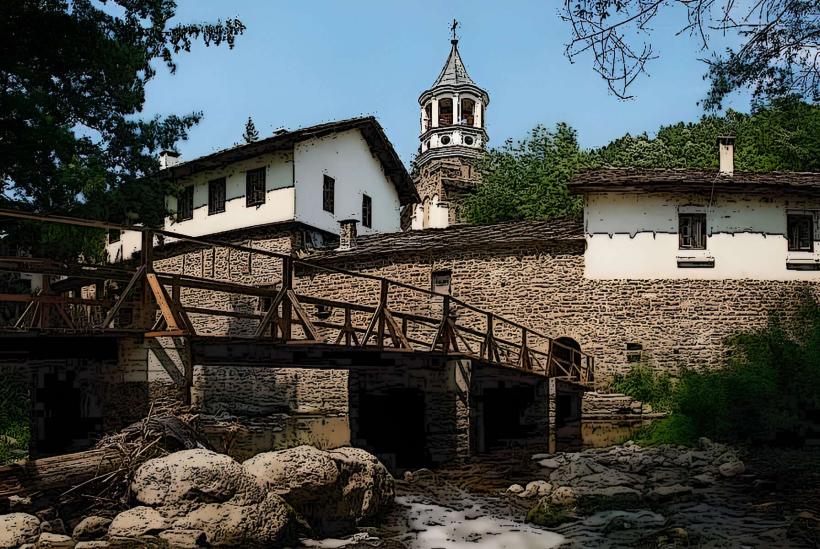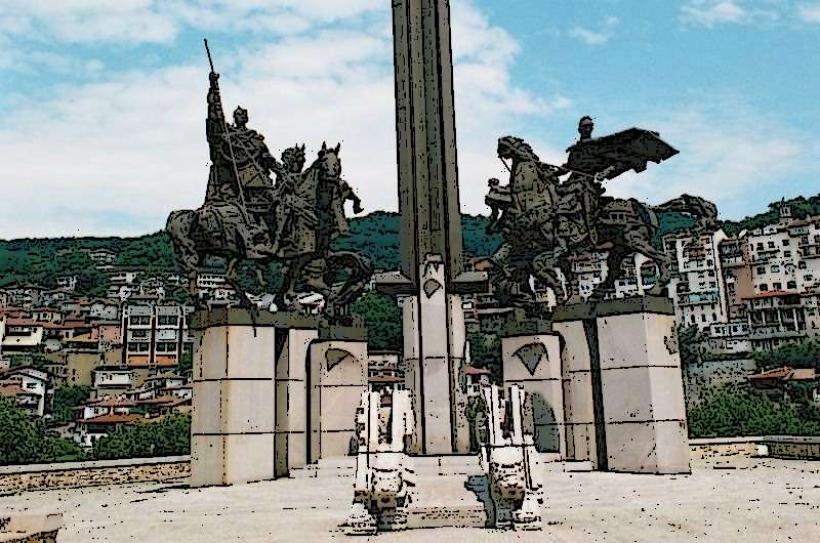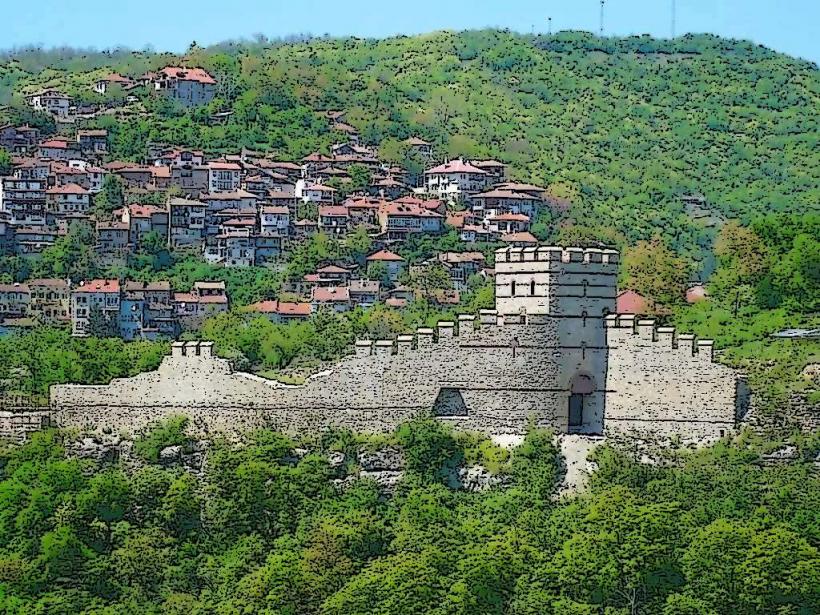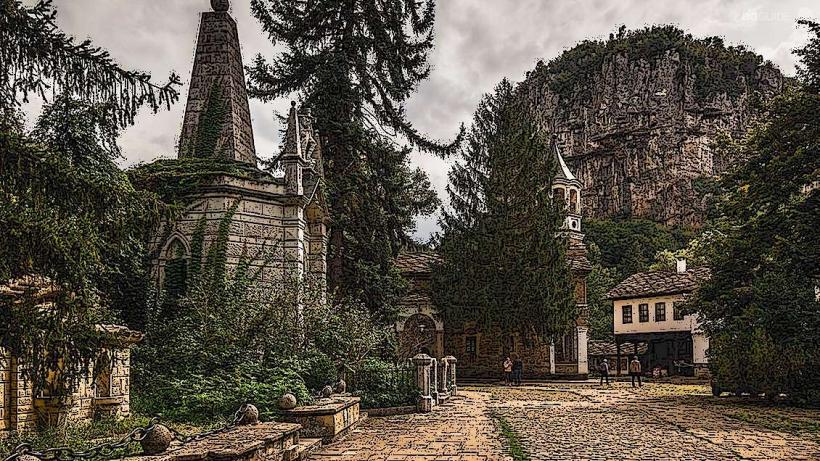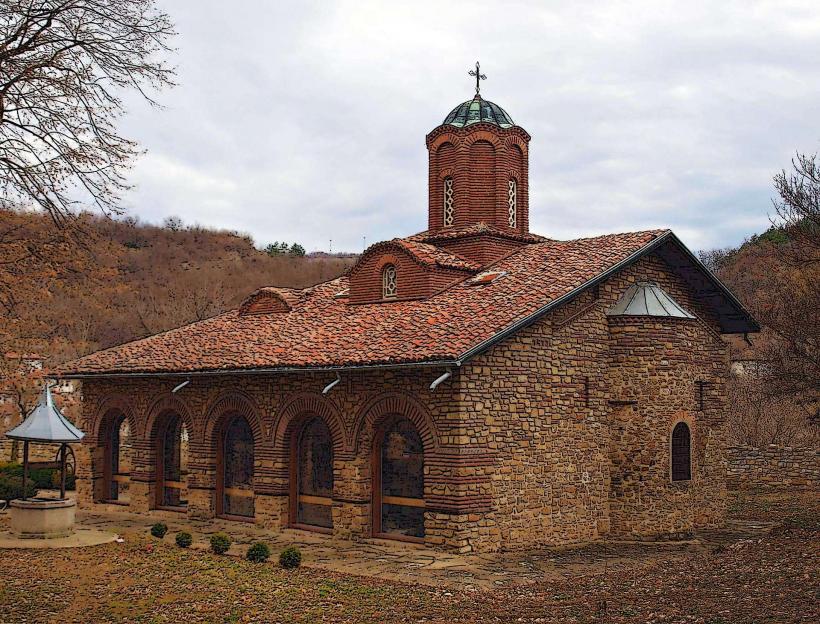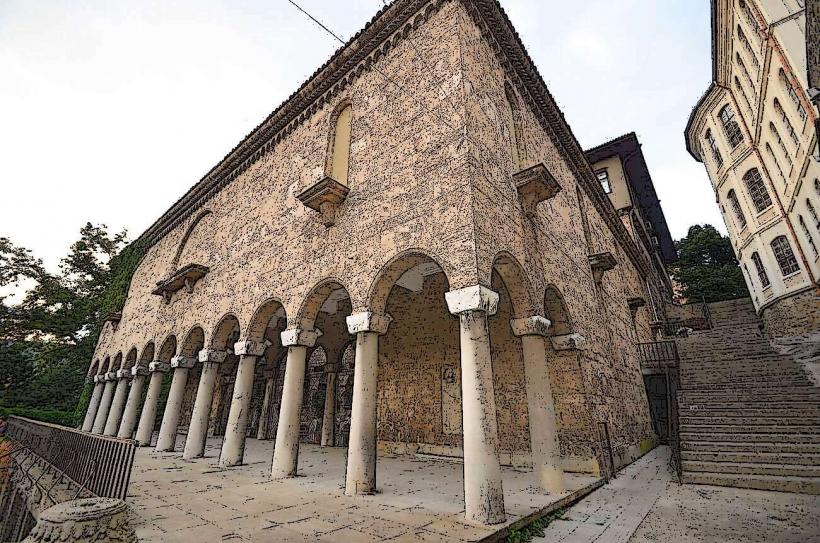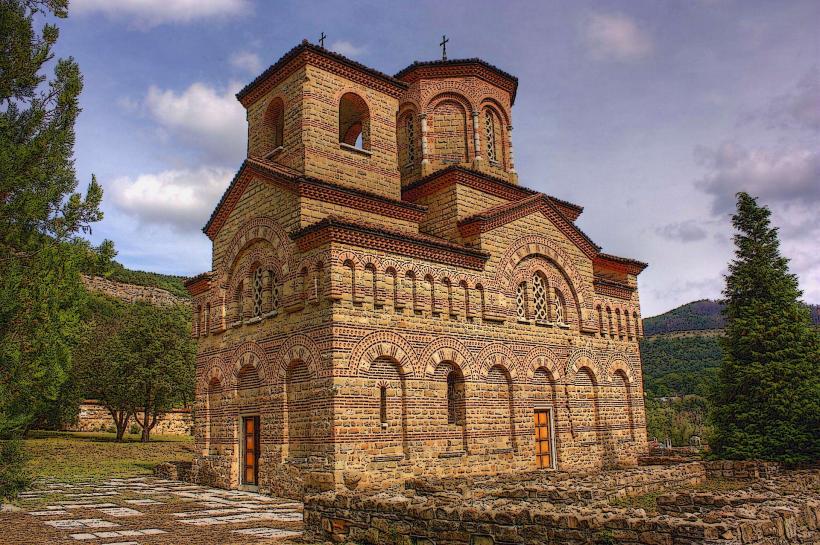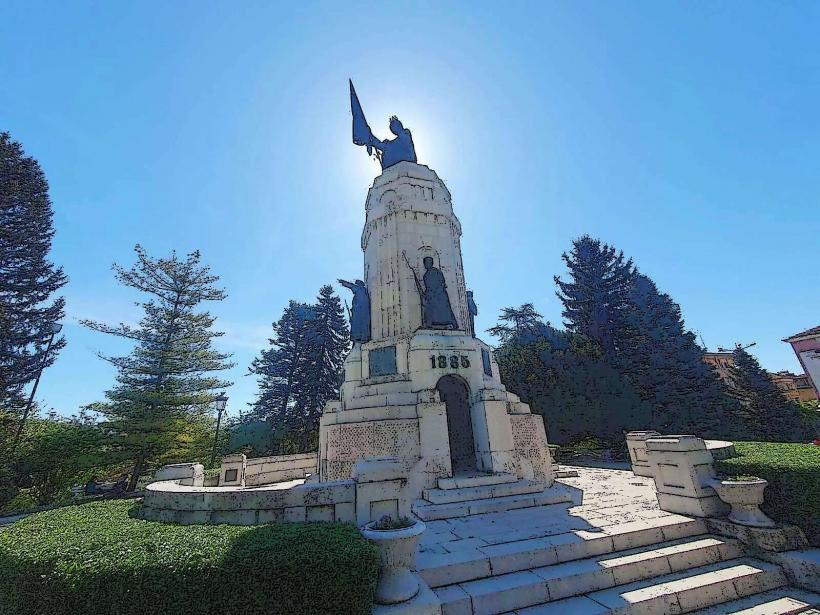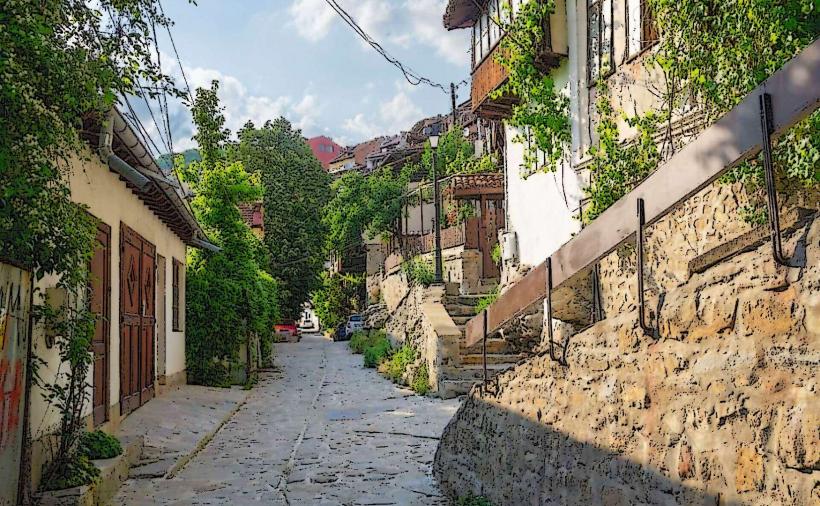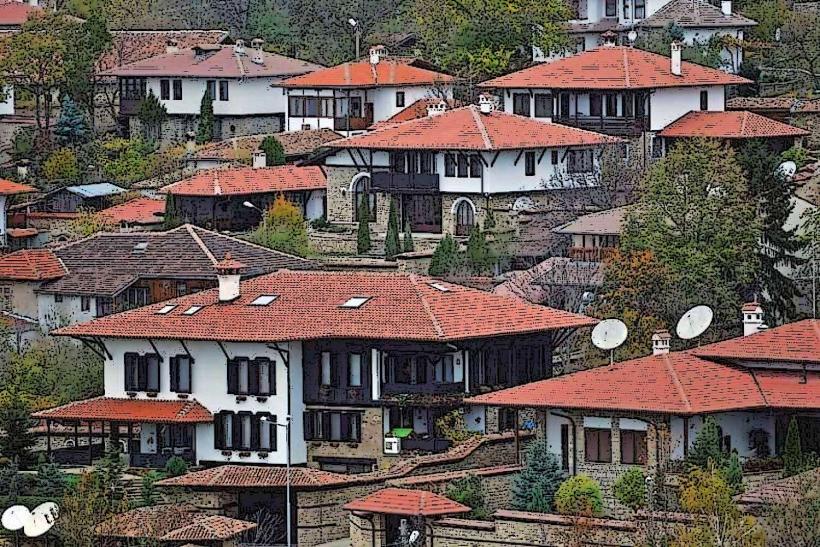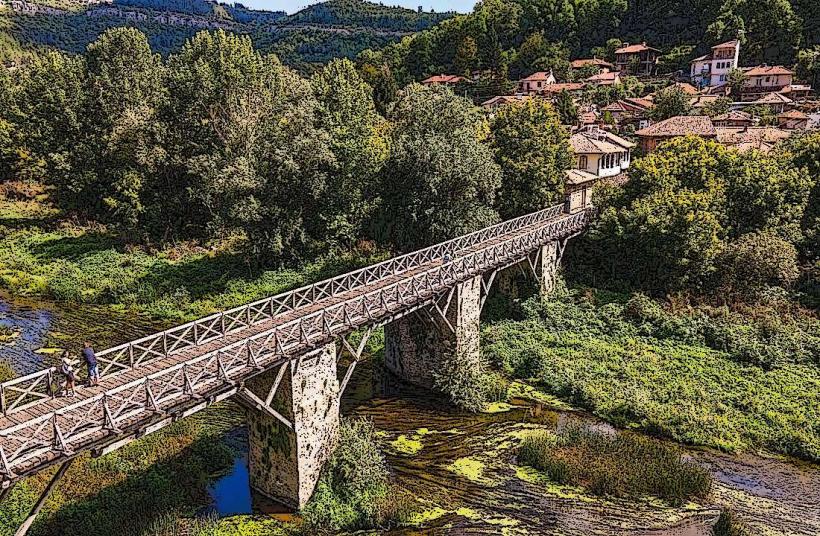Information
Landmark: Museum of the Bulgarian Revival and Constituent AssemblyCity: Veliko Tarnovo
Country: Bulgaria
Continent: Europe
The Museum of the Bulgarian Revival and Constituent Assembly (Bulgarian: Музей на Българското възраждане и Учредително събрание) is an important historical museum located in Veliko Tarnovo, Bulgaria. The museum is dedicated to the Bulgarian Revival (Bulg. Българско възраждане) period, a time of cultural, political, and national renewal, and to the Constituent Assembly that played a pivotal role in the establishment of modern Bulgaria.
Overview:
- Location: The museum is housed in a 19th-century building in the heart of Veliko Tarnovo, located on 33 “Vasil Levski” Street. It is situated near other key historical sites in the city, including the Tsarevets Fortress and Samovodska Charshiya, making it an ideal place for visitors to learn about Bulgaria's national revival and constitutional history.
- Inauguration: The museum was established to commemorate the pivotal moments in the history of the Bulgarian nation, particularly during the time when Veliko Tarnovo was the capital of the Second Bulgarian Empire and later, an important center during the Bulgarian Revival and the founding of modern Bulgaria.
Historical Significance:
Bulgarian Revival: The Bulgarian Revival (Vazrazhdane) was a crucial period in the 18th and 19th centuries, when Bulgaria sought to regain its independence from the Ottoman Empire. During this time, there was a resurgence in Bulgarian culture, language, and national identity, leading to the eventual liberation of Bulgaria.
- The Museum of the Bulgarian Revival showcases the intellectual, cultural, and political movements that led to the reawakening of the Bulgarian nation and its aspirations for independence. The museum features exhibits on the work of key figures in the Revival, such as Vasil Levski, Hristo Botev, Georgi Rakovski, and other national heroes who contributed to the Bulgarian National Liberation.
Constituent Assembly of 1879: The museum is also dedicated to the Constituent Assembly, which convened in Veliko Tarnovo in 1879 to draft the First Bulgarian Constitution following the liberation of Bulgaria from Ottoman rule. The Constituent Assembly was a historic gathering that laid the foundation for Bulgaria’s modern statehood, marking the transition from Ottoman rule to an independent Bulgarian kingdom.
- The museum exhibits documents, artifacts, and memorabilia related to the Constituent Assembly, which marked the establishment of the Tarnovo Constitution (also known as the Constitution of 1879), one of the most important political documents in Bulgarian history.
Key Exhibits and Collections:
Bulgarian Revival Period:
- The museum’s permanent exhibitions focus on the Bulgarian Revival, featuring artifacts that represent the cultural, literary, and educational renaissance that took place in the 18th and 19th centuries. Items on display include manuscripts, books, religious icons, and paintings that reflect the intellectual and spiritual revival of the nation.
- Visitors can learn about the lives and work of key figures in the Bulgarian National Revival, such as Paissiy Hilendarski, the author of the famous Slavo-Bulgarian History, which is considered a cornerstone of the national revival movement.
The Constituent Assembly of 1879:
- One of the museum’s most significant exhibits is its focus on the Constituent Assembly of 1879, which convened in Veliko Tarnovo after the Russo-Turkish War (1877-1878). The assembly included representatives from various political and social groups within the newly liberated Bulgarian territories, and it was tasked with drafting a constitution for the independent Bulgarian state.
- Exhibits related to the Tarnovo Constitution include original documents, copies of the constitution, and detailed explanations of the political and historical context that led to its creation. The constitution was pivotal in shaping Bulgaria’s political system and its transition to a modern nation-state.
Artifacts from the National Struggle:
- The museum displays a collection of personal belongings and letters from national heroes who played important roles in the liberation struggle. These artifacts provide insight into the personal lives and sacrifices of figures such as Vasil Levski, Hristo Botev, and others who are remembered for their roles in the national liberation movement.
Political and Cultural Documents:
- The museum also houses a collection of historical documents related to Bulgaria’s political transformation after the Ottoman Empire’s decline. These include correspondence, speeches, and government papers that reflect the legal, social, and political changes that took place in Bulgaria as it emerged as an independent state.
Museum Features:
- Interactive Exhibits: The museum features multimedia presentations and interactive exhibits, making it an engaging experience for visitors of all ages. These exhibits bring to life the cultural and political history of Bulgaria during the Bulgarian Revival and the formation of the modern Bulgarian state.
- Educational Programs: The museum offers educational programs, including guided tours, lectures, and workshops, that help visitors understand the historical context of the Bulgarian Revival and the Constituent Assembly. These programs are aimed at both locals and international tourists, ensuring that the history of the Bulgarian state is shared widely.
- Temporary Exhibitions: The museum also organizes temporary exhibitions that highlight various aspects of Bulgarian history, culture, and art. These exhibitions allow for deeper exploration into specific themes, such as Bulgarian folklore, literature, and art, as well as other important historical events.
Visitor Experience:
- Cultural and Historical Immersion: The museum offers visitors a chance to immerse themselves in the rich history of Bulgaria’s national revival and the formation of its modern state. It is a key destination for those interested in Bulgarian history, culture, and politics.
- Guided Tours: Visitors can take guided tours that explain the historical context of the exhibits and provide a deeper understanding of the Bulgarian Revival period and the significance of the Constituent Assembly in shaping the country's future.
- Educational Opportunities: The museum is an excellent resource for students, history enthusiasts, and those interested in learning more about Bulgaria's path to independence and its early political structure.
Conclusion:
The Museum of the Bulgarian Revival and Constituent Assembly is a must-visit for anyone interested in the history of Veliko Tarnovo, the Bulgarian National Revival, and the establishment of the modern Bulgarian state. It offers a fascinating look at the cultural renaissance and the political foundations of Bulgaria, providing invaluable insight into the nation’s development during a critical period in its history. Through its exhibitions, artifacts, and educational programs, the museum preserves and showcases the enduring legacy of the Bulgarian Revival and the Constituent Assembly, making it an essential stop for visitors to Veliko Tarnovo.

